Description
Celery Utah 52-70
Celery Utah 52-70. Crunchy, tender and string-less, this vigorous and popular green variety has thick, well-rounded 11′ stalks and tightly folded hearts. A late maturing variety, ideal for autumn use.
Cultivation Advice For Celery Utah 52-70
- Celery prefers cool weather, so plan your planting to take advantage of the cooler seasons. Start seeds indoors 10-12 weeks before the last expected frost. Transplant seedlings outdoors when soil temperatures are consistently above 50°F (10°C).
- Celery requires well-draining, fertile soil rich in organic matter. Work compost or well-rotted manure into the soil before planting to improve its structure and nutrient content.
- Aim for a slightly acidic to neutral soil pH between 6.0 and 7.0. Celery is sensitive to extremes in soil pH.
- Celery needs consistent moisture to prevent the soil from drying out. However, it’s crucial to avoid waterlogged conditions, which can lead to root rot. Use a soaker hose or drip irrigation to keep the soil consistently moist.
- Space celery plants about 8 to 10 inches apart. This helps ensure adequate air circulation and prevents overcrowding.
- Apply a layer of organic mulch around celery plants to retain soil moisture, suppress weeds, and regulate soil temperature. Mulch also helps prevent the soil from drying out too quickly.
- Celery is a heavy feeder. Fertilize the soil before planting with a balanced fertilizer. Side-dress with additional fertilizer during the growing season, especially if the soil lacks nutrients.
- Celery is often blanched to improve its flavor and tenderness. About two weeks before harvesting, gather the outer stalks and tie them together with twine or wrap them with cardboard. This process helps exclude light and encourages the inner stalks to remain pale and tender.
- Consider hilling or mounding soil around the base of the celery plants as they grow. This helps with blanching and provides additional support for the plants.
- Celery prefers cooler temperatures. If you’re growing celery in a warmer climate, provide some shade during the hottest part of the day to prevent stress on the plants.
- Plant celery near vegetables and herbs that are beneficial, such as tomatoes, onions, and leeks. Avoid planting celery near plants like parsley and carrots, as they may attract similar pests.
- Watch for pests like aphids, snails, and celery leaf miners. Use organic insecticides or neem oil to control pest populations. Companion planting can also help deter certain pests.
- Harvest celery when the stalks are about 8 to 12 inches tall. Cut the outer stalks first, leaving the inner stalks to continue growing. Harvest in the morning for the best flavor and crispness.
- Practice good garden hygiene to prevent diseases. Avoid overhead watering to reduce the risk of fungal infections. Use disease-resistant varieties when possible.
- Celery can be grown in containers if space is limited. Choose a large container with good drainage and use a high-quality potting mix.
- Before transplanting celery seedlings into the garden, ensure they are well-hydrated. Water the seedlings thoroughly a few hours before transplanting to reduce stress.
- Celery has shallow roots, and strong winds can damage the plants. Consider using windbreaks or planting taller crops around celery to provide protection.
- Celery is sensitive to frost. If unexpected frost is forecast, protect the plants with frost cloths or covers to prevent damage.
- Celery prefers a soil rich in organic matter. If your soil is heavy or clayey, consider adding well-rotted compost or organic matter to improve drainage and aeration.
- Apply a layer of mulch around celery plants, but avoid piling it directly against the stems. Mulch should be thick enough to retain moisture and suppress weeds.
- When transplanting celery seedlings, plant them slightly deeper than they were in the seed tray. This helps to promote stability and encourages blanching.
- Keep a close eye on your celery plants for signs of pests, especially aphids, slugs, and snails. Early detection allows for prompt intervention with organic pest control methods.
- Integrate companion plants known to deter pests around your celery. For example, planting carrots or onions nearby can help deter pests that might affect celery.
- Choose disease-resistant celery varieties, including those resistant to common diseases such as Fusarium wilt or leaf spot.
- If you’re blanching celery, ensure that the blanching material (like cardboard or newspaper) is secure and doesn’t allow light to reach the inner stalks. Check periodically to maintain proper blanching conditions.
- If you plan to store celery, harvest it when the stalks are fully developed but before the onset of extreme weather. Store in the refrigerator or use proper methods for longer-term storage.
- Apply a balanced compost or organic fertilizer during the growing season to provide essential nutrients for celery plants.
- Celery can tolerate a certain amount of pest damage without compromising the quality of the crop. Evaluate the severity of pest infestations before deciding on intervention.
- Practice crop rotation to prevent the buildup of soil-borne diseases. Avoid planting celery or related crops in the same spot in consecutive seasons.

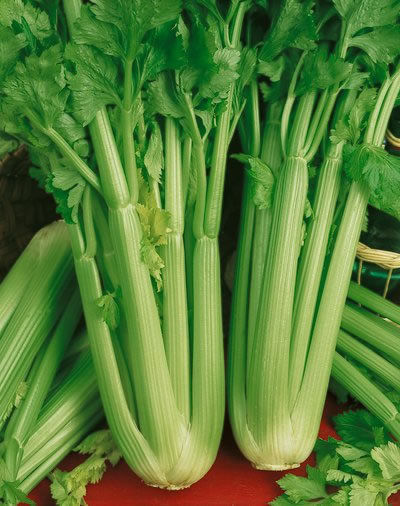
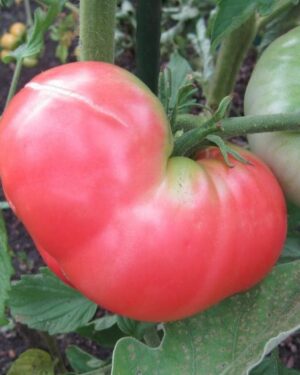
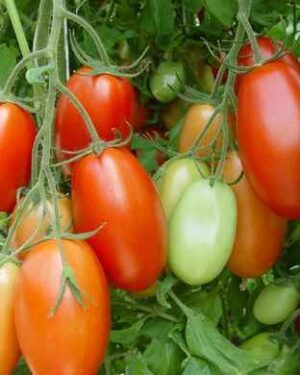
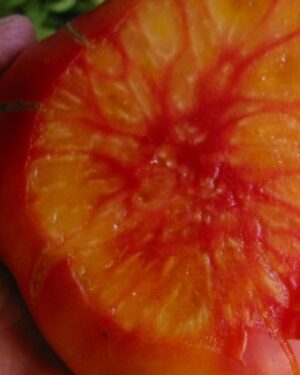
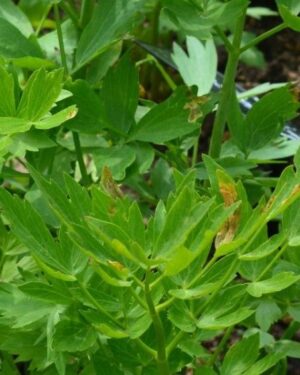
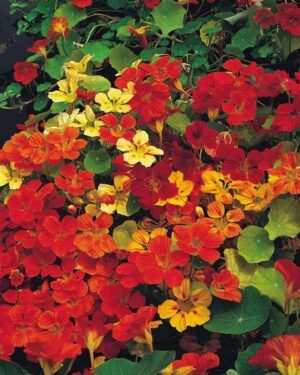
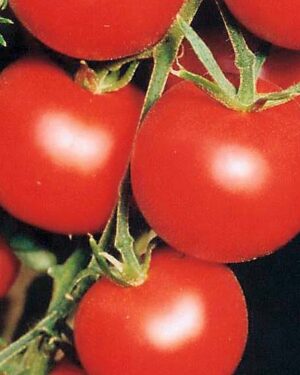
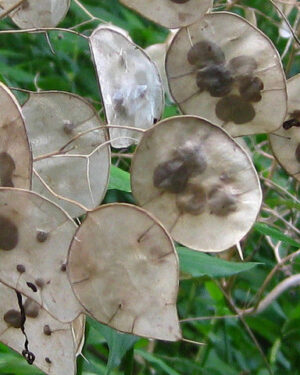
Reviews
There are no reviews yet.